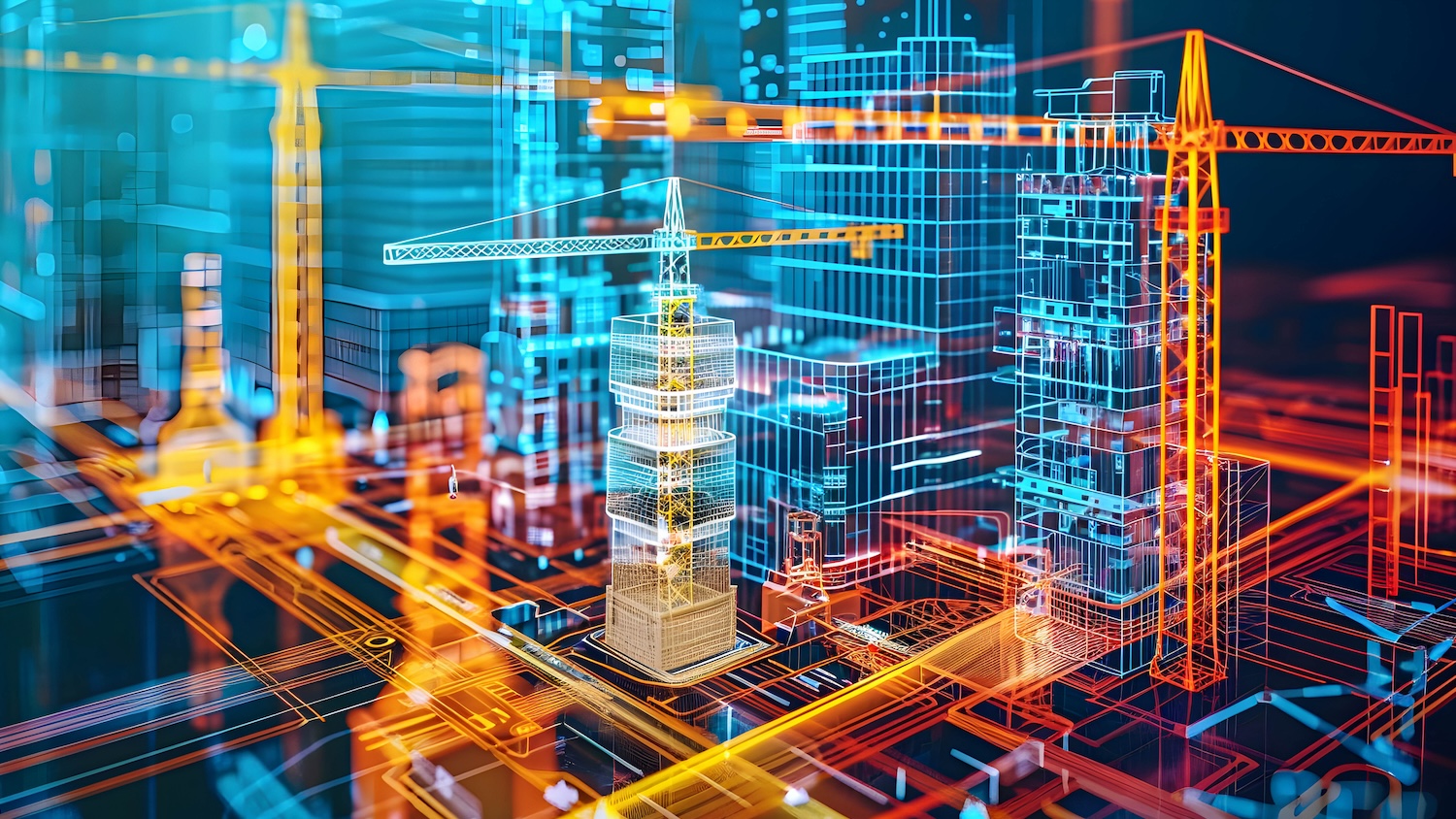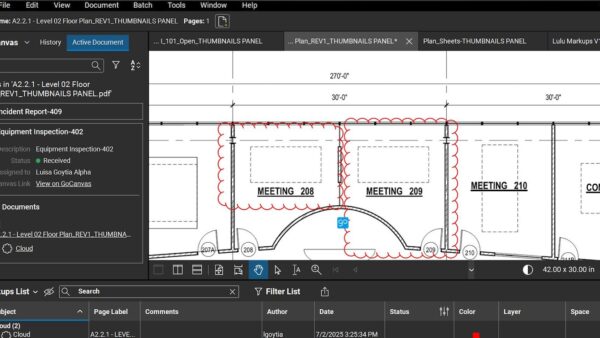
Generative design, verification and real-time forecasting of project risks are among the seven ways AI can impact construction, according to a new report from the Get It Right Initiative (GIRI).
The report examines how AI can help reduce errors across the construction lifecycle, from project inception and design to practical completion and handover. The report also looks at where AI could introduce new risks in construction and how the industry should adapt and develop to manage these.
Here are the seven ways that AI can positively impact construction.
1. Generative AI for design and documentation
Construction workflows involve extensive production of documents, drawings and schedules. By leveraging large-language models and design algorithms, generative AI can automate much of this output. “This is contingent, however, on ensuring accuracy and compliance with building codes and standards,” GIRI warns.
2. Verification tools
Automatically checking whether designs, specifications and outputs meet relevant regulations, standards and client expectations: this is distinct from creating or predicting: it is about auditing, the report states. For example, AI can validate whether an M&E layout complies with fire regulations, whereas as-built models match design intent or whether a digital handover includes all the required documentation.
3. Predictive AI for real-time risk management
Predictive AI can analyse vast datasets to identify patterns and forecast risks such as programme delays, cost overruns or safety hazards. “When integrated into live site reporting systems, AI can act as a ‘digital PMO’ – monitoring activity in real-time and flagging emerging issues within minutes rather than days. This enables earlier, data-informed intervention,” GIRI states.
4. AI agents streamlining back-office workflows
AI agents – autonomous digital assistants – can support a range of administrative and commercial tasks, including tendering, document management and programme coordination. These tools reduce manual workload, increase consistency and offer greater responsiveness across internal construction operations.
5. AI agents enabling parametric 5D BIM
5D BIM links 3D design data with both time (4D) and cost (5D) dimensions, enabling project teams to see the knock-on effects of changes in real-time. For it to be effective, the model must be parametric: a change in one element (eg increasing floor area) should automatically update quantities, schedules and cost estimates.
“AI agents – each dedicated to one of design, scheduling and costing – can work in tandem to maintain a dynamic, synchronised BIM environment. When connected with predictive reporting systems, 5D BIM could function as a project’s ‘controlling mind’ – capturing what has happened, identifying what comes next and allocating actions accordingly,” GIRI states.
6. Systems engineering approach
AI can help link fragmented workflows and disciplines into a coherent delivery framework necessary to adopt systems thinking – driving greater efficiency, coordination and control.
7. Integration with robotics
To fully realise productivity gains, AI must integrate with onsite systems that build, assemble and move materials. Advances in robotics bring the potential for machines to carry out complex site tasks. AI can orchestrate and adapt these efforts in real-time, linking design and action.
GIRI executive director Cliff Smith said: “AI holds huge potential to improve decision-making, automate routine tasks and reduce avoidable mistakes. But it also brings new risks, especially if used without sufficient care, context or assurance. In high-hazard sectors such as construction, we must tread carefully.
“This report offers useful insight, highlights practical applications, and encourages further engagement from both construction professionals and technology developers to ensure that we maximise the benefit that AI offers in our mission to reduce avoidable error.”
Comments
Comments are closed.















Good luck with that